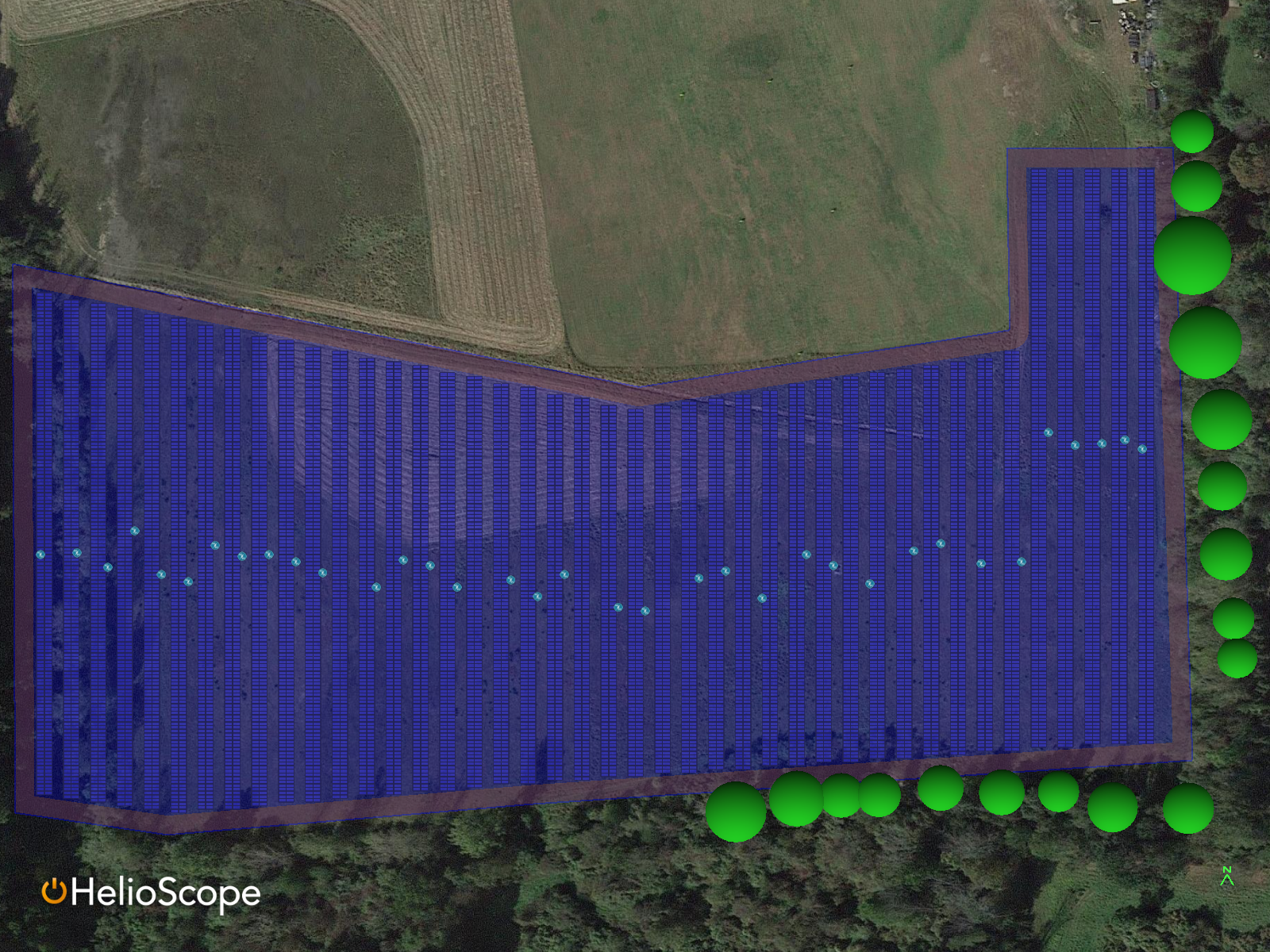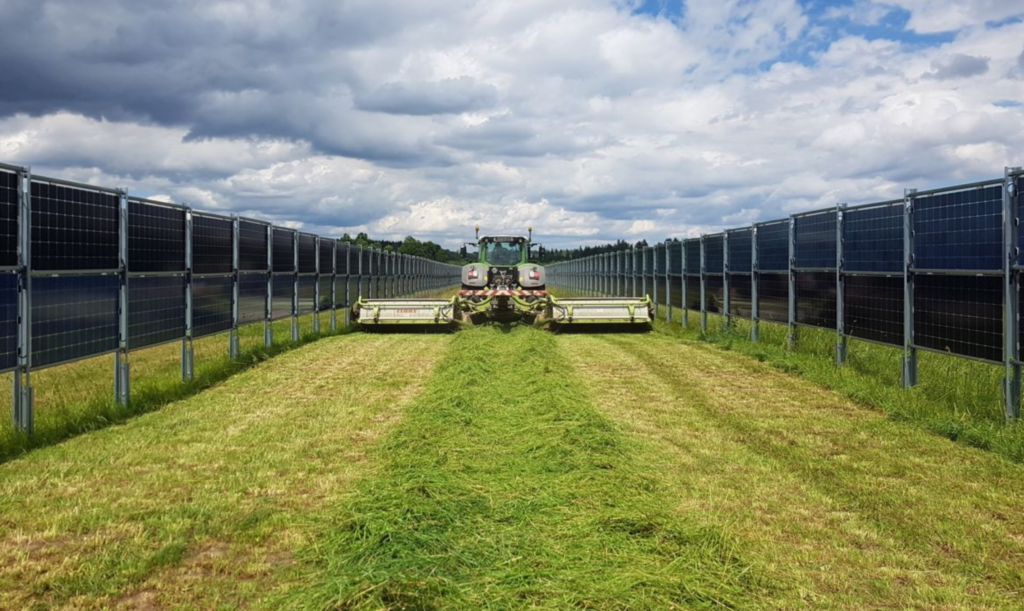The Keystone State is gearing up for an explosion in solar construction. As a result, Pennsylvania solar farm land lease rates have risen. Community solar projects, of approximately 15 acres, are now generating land lease payments of $20,000 per year for 25 years.
The most recent example of this potential boom is the submission of Senate Bill 472. The bill lays out the foundation for a community solar program for grid-connected solar power systems that peak at five megawatts.
CommercialSolarGuy is a solar power developer, who is seeking land owners that wish to lease 15 to 100 acres of land. If you’re an interested landowner, please contact Jason kline – jason@commercialsolarguy.com – for site viability analysis and a solar land lease agreement example.
Prior research by the college of Agricultural Studies at Penn State University has suggested that 25-year solar land lease rates were $700 to $1,000 per acre in 2020. Current rates imply a 30% increase in lease rates since then, possibly much more. Any landowner in the state knows that the offers from developers (including CommercialSolarGuy) are nearly double when compared to the lower-end solar farm land lease rates in Pennsylvania from last year.
We are providing this brief Q&A for the many landowners and farmers asking developers a few key questions:
Q: How long will it take until the solar plant is built?
A: Probably about 18 months. However, technically – we can’t say for sure just yet.
Q: Why can’t you ‘technically’ know? Why is the ‘development period’ so long?
A: The legislation allowing for these solar farms has not yet been signed into law. So we don’t have all the answers yet.
Q: What happens to the solar hardware at the end of the lease?
A: At the end of 25 years, (per the land lease agreement), the solar power developer is obligated to remove the hardware. Developers prepare for the specific techniques and costs before a project is constructed.
Q: Who pays the taxes?
A: All taxes associated with the solar hardware, and the electricity generated, will be paid for by the solar developer.
Q: Can I still graze or hay the land?
A: Yes, as long as you let us know how you want things designed. However, if we space hardware out in order to meet grazing or machinery needs, the total amount paid to the land owner does not increase.
Q: How is the solar installed? Will you pour concrete? Will my land still be farmable?
A: CommercialSolarGuy will install piles. We use either straight standard piles driven in by a pounder, or ground screws which are twisted in. The type of mount is determined by the ‘rockiness’ of the terrain.
While the solar power system does not require concrete to be poured, the electrical company’s gear (transformers, electrical switchgear, etc) will need a concrete pad.
An example of how CommercialSolarGuy‘s projects work closely with the site is in how we seed the land. Land management experts like Monarch Vegetation Service help us determine the best mix for the site’s long term health, and support us in deploying product.

